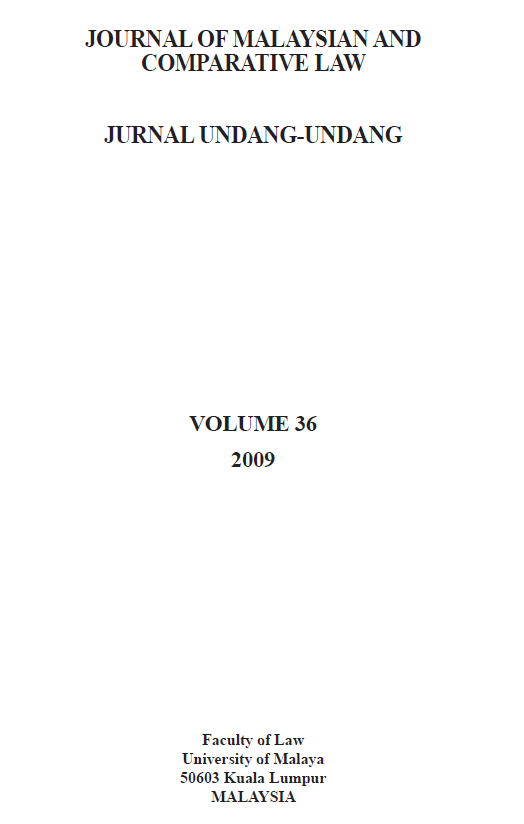Malaysian Administrative Law at the Crossroads
Quo Vadis?
Abstract
Malaysian Administrative Law was, until 1996, thought to be based solely on common law by concerning itself mainly with challenging the decision-making process of the administrators. In the landmark case of Tan Tek Seng in January 1996, the Court of Appeal began to invoke the doctrine of constitutional review by breathing life and great expectations into the broad and liberal interpretation of fundamental rights in the constitution whenever they are at stake as a result of governmental actions or decisions whether legislative or executive. However, the constitutional euphoria of broad interpretation was short lived as the Federal Court swiftly and decisively struck back with vengeance in Ng Hock Cheng, Sugumar Balakrishnan, and Kekatong thereby throwing constitutional review into grave doubt. Constitutional review, however, made a brief comeback in 2009 in a few Federal Court cases when the judge behind the broad interpretation of the Federal Constitution was elevated to the Federal Court. But with his retirement and departure from the Bench on 16th February 2010, the development of Administrative Law again encountered problems because very few judges have come forward to push the constitutional agenda in our public law. The writer has expounded his view into the root causes of the unsatisfactory growth and development of Malaysian Administrative Law over the last fifty-one years. However, the writer remains upbeat and hopeful over the faith and future of Malaysian Administrative law in the years ahead because of his firm belief in the rule of law and constitutionalism which will eventually triumph over time so long as the struggle to vindicate the rule of law and constitutionalism continues unabated.
Downloads



